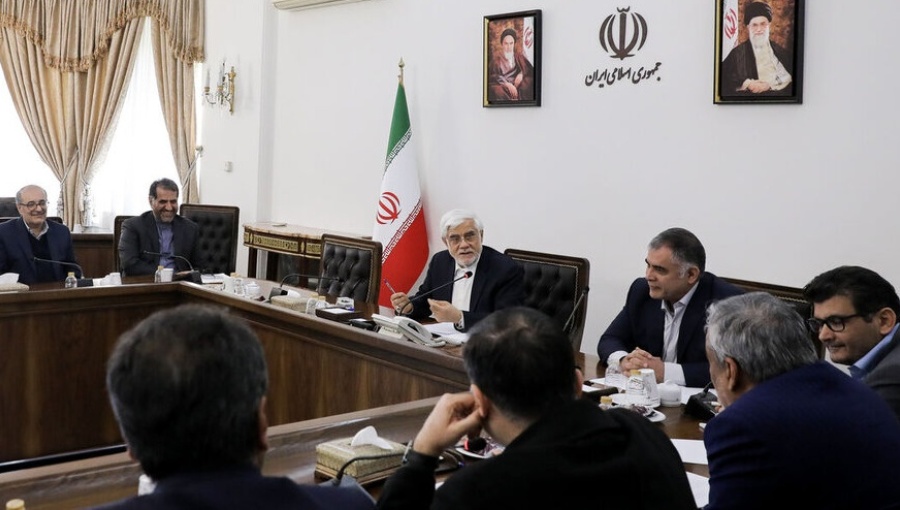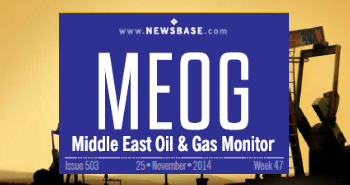Iran moves to stabilise production at South Pars

Iran's First Vice President has underscored the strategic significance of the South Pars pressure boosting project, highlighting its pivotal role in enhancing production and job creation.
In a meeting on February 16, regarding the execution plan for the South Pars gas field pressure boosting project, Mohammad Reza Aref talked up collaborative efforts between the Ministry of Oil and the National Development Fund in establishing a financial framework for this critical initiative.
In comments reported by the Ministry of Petroleum’s Shana News Agency, Aref affirmed that the development and utilisation of shared oil and gas fields remain a top priority for the 14th government. He highlighted that the implementation of this project would contribute significantly to the growth of the oil industry, elevate the country's GDP, and perhaps most crucially, generate employment opportunities.
Meanwhile, the South Pars Gas Complex (SPGC) has successfully carried out maintenance operations to stabilise gas production across all refineries in Phases 1 and 2 of South Pars. Gholamabbas Hosseini, the CEO of the SPGC, in an interview with Azad News Agency (ANA), emphasised the stability of gas production in these refineries. He said: “Renovation and maintenance operations for various pumps, boilers, and turbo-compressors are being successfully executed using the expertise and innovative approaches of South Pars specialists.”
Hosseini noted that significant progress has been made in maintaining production stability through both short-term and long-term maintenance efforts. He assured that gas production across the South Pars Gas Complex refineries is now stable and, with the support of creative and innovative experts, there are no issues in maintaining units, parts, or strategic equipment.
The South Pars gas field is the largest independent gas reserve globally, shared by Iran and Qatar. It is located 105 km from the Pars Special Economic Energy Zone. The reservoir spans 9,700 square km, with 3,700 square km belonging to Iran. According to the latest figures, the field contains over 51 trillion cubic metres of natural gas, representing around 48% of Iran’s confirmed reserves.
As Iran moves to solidify its production capabilities, the strategic importance of the South Pars field cannot be overstated. The successful implementation of the pressure boosting project and maintenance operations will likely play a critical role in shaping the future of Iran's energy sector.


Follow us online